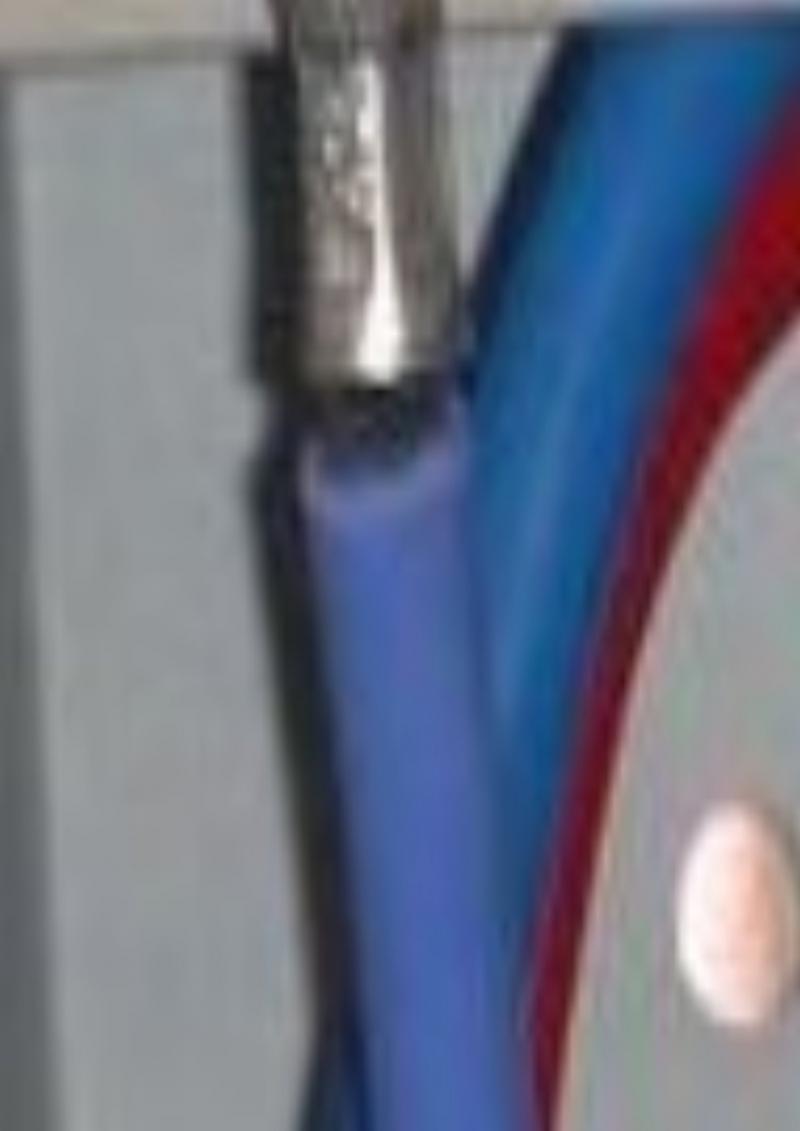- Joined
- 28 Apr 2004
- Messages
- 8,346
- Reaction score
- 963
- Country

You could reduce all that copper showing on neutral number three, bugs me.
I was just about to say the same - too much copper showing - unscrew & push further in.
Its showing less copper than the maker has left showing on the crimps and links, should they be covered in tape too

